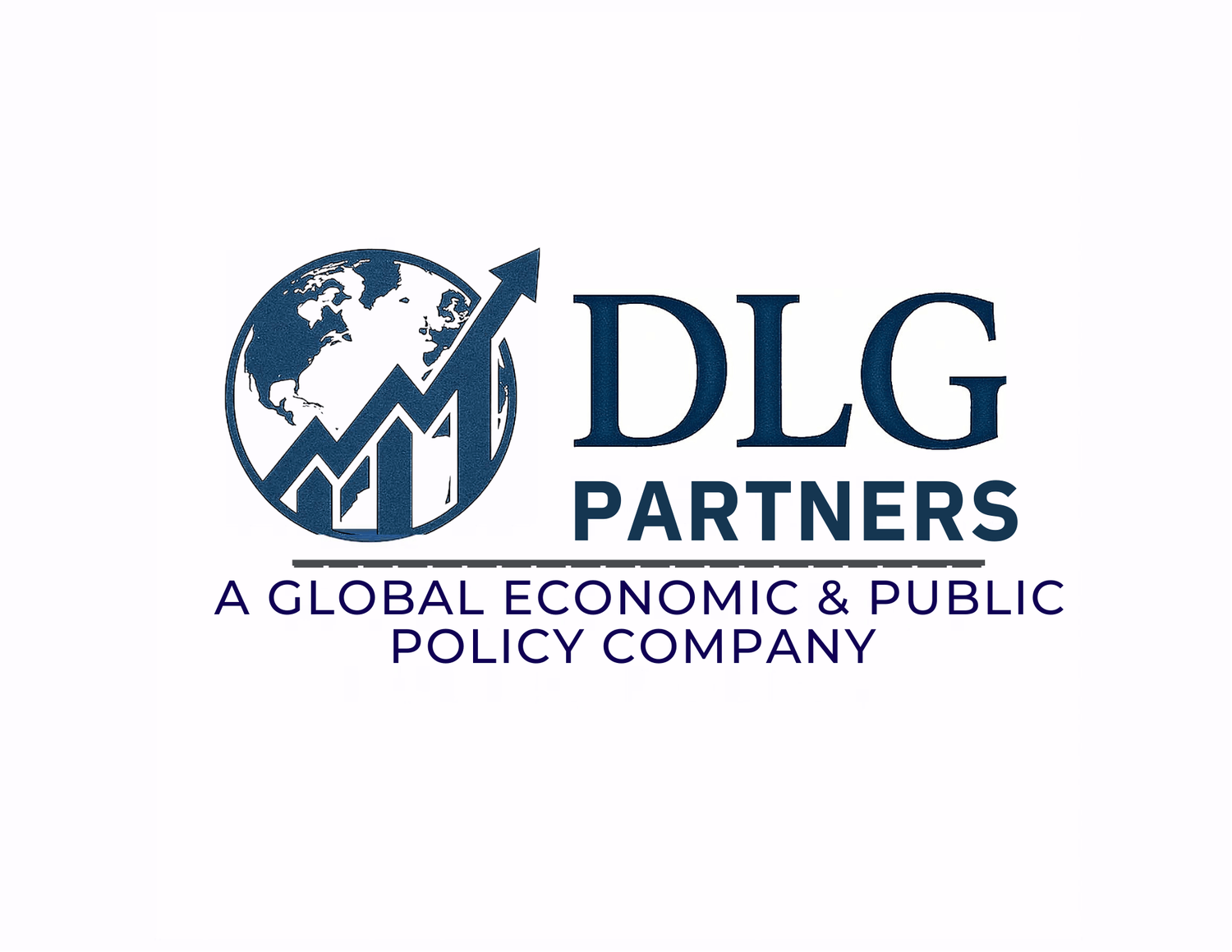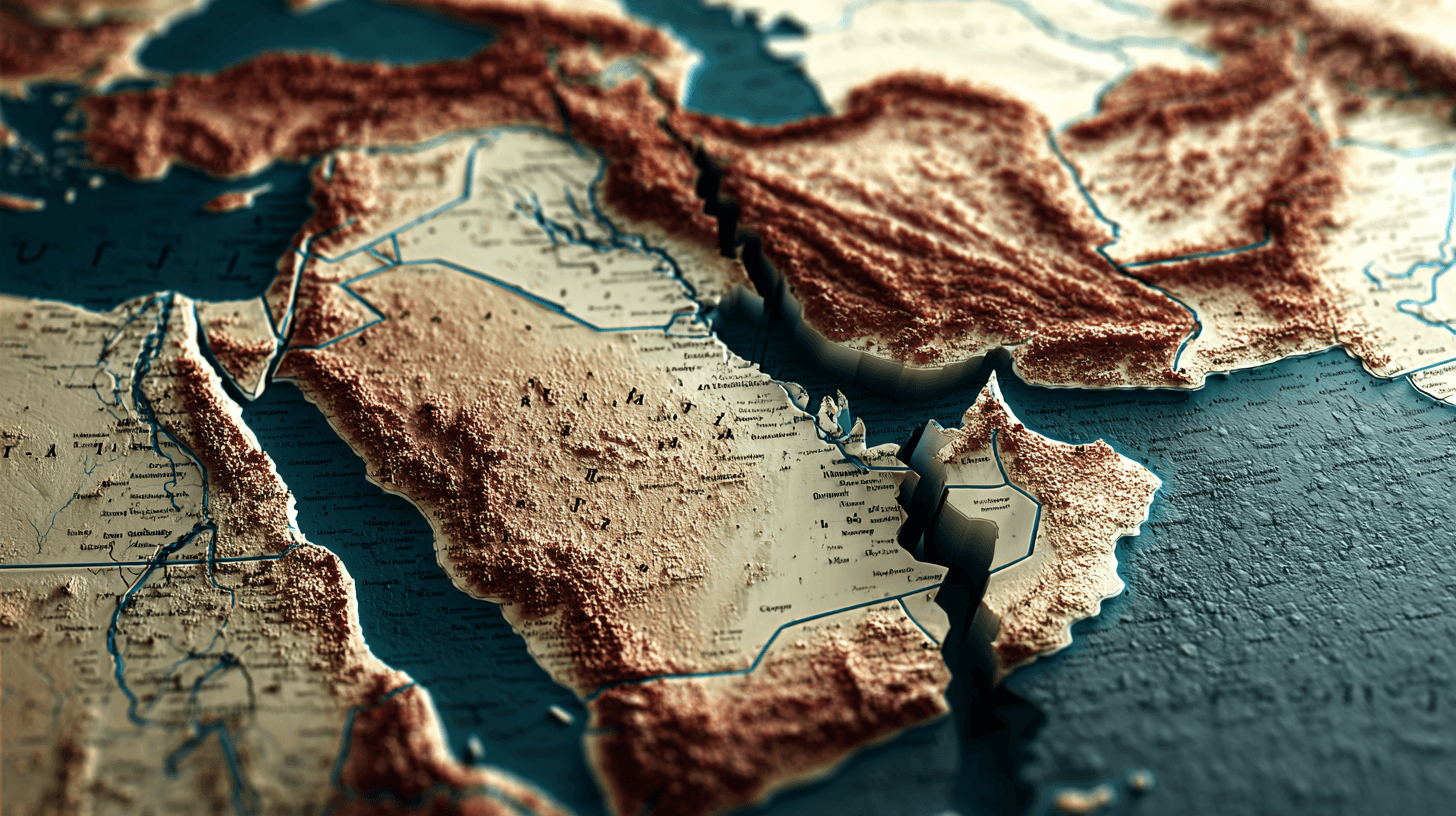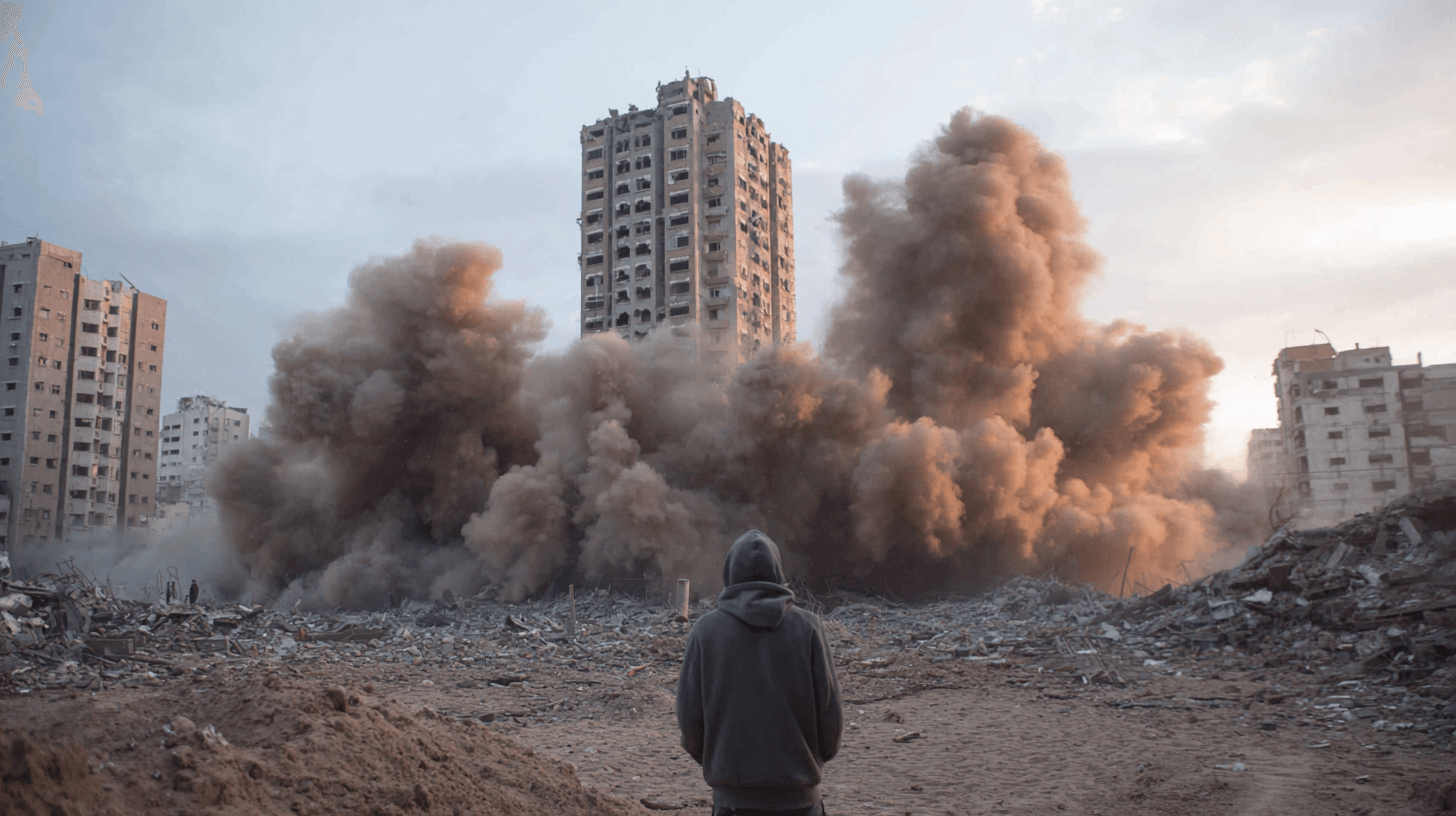
A TIPPING POINT IN THE MIDDLE EAST
The Middle East, long a crucible of conflict, ideology, and geopolitics, now teeters on the brink of a profound transformation. A confluence of historical grievances, revolutionary ideology, and strategic calculations has set the stage for what could be one of the most consequential confrontations in recent decades, an escalation that threatens to redefine the regional order and challenge global stability.
Historical Context
Echoes of the Past
The region’s current turmoil must be understood against a backdrop of decades of upheaval. The 1979 Iranian Revolution was more than a regime change; it was a seismic event that challenged the existing balance of power and introduced revolutionary Islamist ideology as a central force in regional geopolitics. The overthrow of the Shah, a Western-backed figure, resulted in Iran adopting a defiant posture against Western influence, fueling proxy conflicts and nationalist fervor across the Gulf.
This revolution laid the blueprint for Iran’s strategic posture- an unyielding resistance narrative coupled with intrusive efforts to export its revolutionary ideals beyond its borders. Since then, the region has seen recurring cycles of conflict, proxy wars, and diplomatic stalemates, often driven by Iran’s antagonism toward Israel and its broader goal of regional influence.
Fast forward to today, and the consequences of that revolutionary doctrine are evident as Iran faces imminent existential threats posed by Israel’s latest military actions targeting its nuclear infrastructure. Israel’s decision to undertake what appears to be an open-ended campaign against Iran’s nuclear facilities marks a critical pivot point, a potential turning point that could spiral into a broader, region-wide conflict.
The Escalation
From Deterrence to Conflict

Israel’s broadside on Iran’s nuclear program, propelled by decades of intelligence, suspicion, and fear, reflects its deep-seated anxiety over Iran’s regional ambitions and perceived existential threats. The recent strikes, coupled with Iran’s retaliatory missile barrages, signal the transition from covert proxy skirmishes to an overt interstate confrontation. This shift significantly raises the stakes: what was once a shadow conflict risks transforming into open war, with cascading implications.
Prime Minister Benjamin Netanyahu’s strategic aim appears to go beyond temporarily disabling Iran’s nuclear capacity. His goal seems rooted in a calculated effort to weaken the regime internally, possibly even to precipitate its internal collapse, by applying relentless pressure. This approach, however, risks unleashing unpredictable levels of violence, possibly dragging regional actors and global powers into a dangerous conflagration.
Iran’s leadership perceives the crisis as a test of resilience, a defining moment to demonstrate strength and deter further escalation. Ayatollah Khamenei’s regime, already strained internally from economic sanctions and popular discontent, faces an existential choice: rally behind the regime and endure the assaults, or seek wider conflict to rally nationalist support, potentially leading to regional spillovers.
Regional Consequences
A Shattered Stability
For the Gulf Arab states, especially Saudi Arabia, the United Arab Emirates, and others, this escalation complicates already fragile regional dynamics. Many of these states have sought a delicate balance, engaging in normalization efforts with Israel and reaping economic benefits from improved relations. Yet, they remain deeply concerned about Iran’s destabilizing behavior and the threat of Sunni-Shia escalation that could threaten their sovereignty and security.
Saudi Arabia, in particular, is caught between pragmatic interests and ideological affiliations, wary of Iran’s regional maneuvers. As hostility intensifies, these nations may feel compelled to strengthen their defenses or bolster proxy groups to counterbalance Iran.
The risk of a fragmented security architecture looms, potentially drawing the entire Gulf region into an increasingly sectarian and strategic rivalry.
Beyond the Gulf, the broader Arab world faces a perilous question: whether this conflict remains localized or evolves into a wider regional war involving multiple factions, destabilizing governments, and outside powers. The spillover, through refugee flows, economic disruption, or proxy engagements, could profoundly destabilize the region.
The United States
Strategic Ambiguity and Leadership Under Trump
In the current context, the United States finds itself at a critical juncture. Under President Trump’s second term, the U.S. has reaffirmed a posture of assertive backing for Israel and a willingness to take decisive action to curtail Iran’s influence. The Trump administration’s policy leans toward asserting military dominance and dissuading Iran from evolving into a nuclear power, warning that American support for Israel’s defensive measures is unwavering.
Recent actions by Israel- specifically, multiple devastating airstrikes against Iran’s nuclear infrastructure, including a critical strike on the Isfahan nuclear facility, highlight this approach. According to the UN atomic watchdog, the strikes are likely to delay Iran’s uranium fuel cycle by months, posing a significant setback to Iran’s nuclear ambitions. The importance of Isfahan cannot be overstated: it is Iran’s key site for converting uranium into fissile material, a crucial step toward nuclear weaponization.
This operation signals a shift from the past posture of strategic deterrence and diplomatic negotiations to overt, targeted destruction of Iran’s nuclear infrastructure, an approach that risks escalation. Historically, President Trump vetoed Israeli plans to kill Iran’s Supreme Leader. Still, his administration’s support for Israel’s offensive capabilities indicates a willingness to accept, or even encourage, aggressive measures against Iran. This stance raises questions about whether the U.S. will support a more extensive military campaign if Iran retaliates or if regional tensions spiral further.
The U.S. is now navigating a complex environment: supporting Israel’s military actions while managing the risks of broader conflagration, ensuring crucial global energy flows, and countering Iran’s regional influence, all amid the unpredictable dynamics of escalation. The administration must also grapple with external powers like Russia and China, which may see an opportunity to expand their influence in the region amidst U.S. retreat or distraction.
Global Ramifications
A New Risk Paradigm

Internationally, the Middle East’s intensifying conflict threatens to unleash cascading crises, economic, humanitarian, and strategic. Disruption of energy supplies, especially at a time of renewed global economic instability, could cause crude oil prices to skyrocket to as much as $130 per barrel, triggering inflation and aggravating economic downturns worldwide.
A widening conflict risks sparking a nuclear proliferation chain: regional non-nuclear actors sensing vulnerability may accelerate their pursuit of nuclear capabilities, further destabilizing the global non-proliferation regime. Furthermore, escalation risks draw in external powers, with Russia and China potentially exploiting the chaos to expand their influence, while Western nations scramble to contain the fallout.
The crisis underscores the fragility of the global order. The responses of major powers, whether through diplomacy, sanctions, or military support, will determine whether escalation remains contained or spirals into a catastrophic regional or even global war.
Towards a Resolution or an Escalation
While the trajectory appears bleak, diplomatic avenues remain open. Yet, the entrenched distrust, ideological opposition, and competing interests among regional and global powers make a peaceful resolution exceedingly difficult. The historical record shows that lasting peace in the Middle East demands sustained diplomatic engagement, regional cooperation, and tangible concessions, none of which seem imminent given the current climate.
At this moment, the choices of key actors- Iran, Israel, the U.S. under Trump’s leadership, and others- will shape whether the crisis deepens into a protracted war or finds an unstable path back to negotiations.
Towards a Resolution or an Escalation
The ongoing crisis in the Middle East reflects profound regional fractures compounded by a shifting global geopolitical landscape. The decisions made- and actions taken- today will have enduring consequences for international stability, energy markets, and the geopolitical order.
The stakes are enormous. The path to peace or war hinges on leadership, diplomacy, and restraint. With the world watching, history seems poised to record whether prudence will prevail or whether escalation will consume the region in a conflict with far-reaching repercussions. The only certainty is the uncertainty that looms in this volatile epoch.

Oliver N.E. Kellman, Jr., J.D. Chief Executive Officer & Executive Managing Director
"True sovereignty is not declared — it’s structured, defended, and quietly executed."
Follow me
ABOUT
Created with © systeme.io



